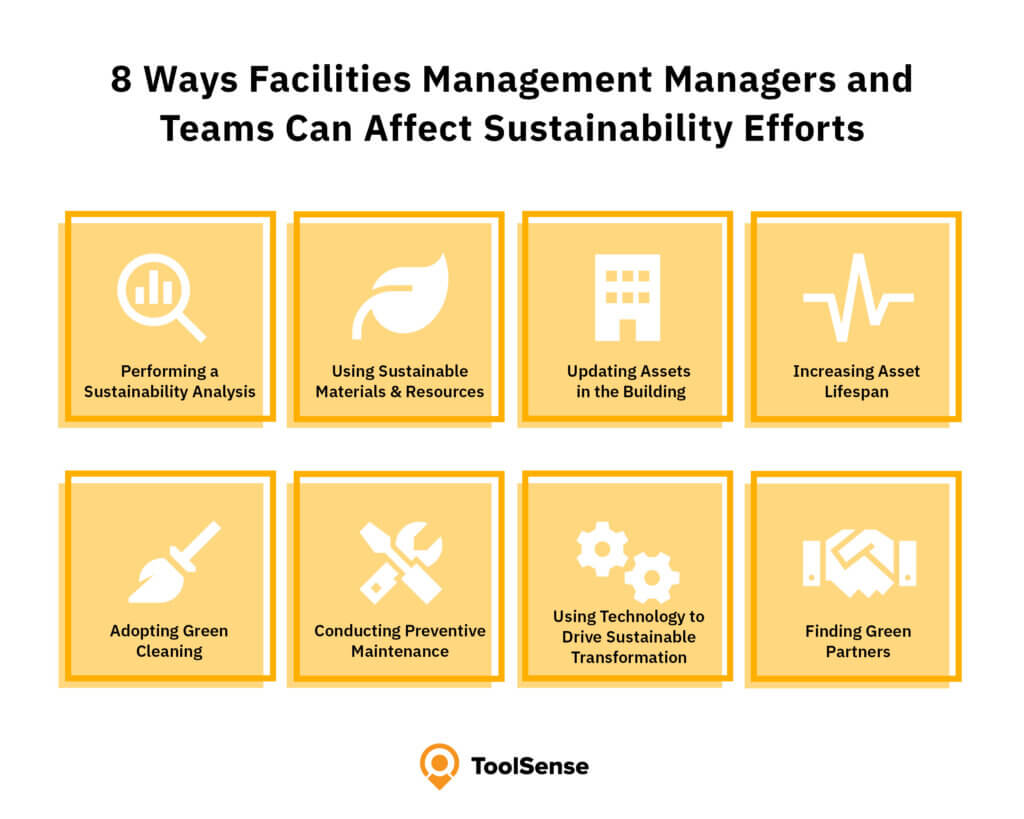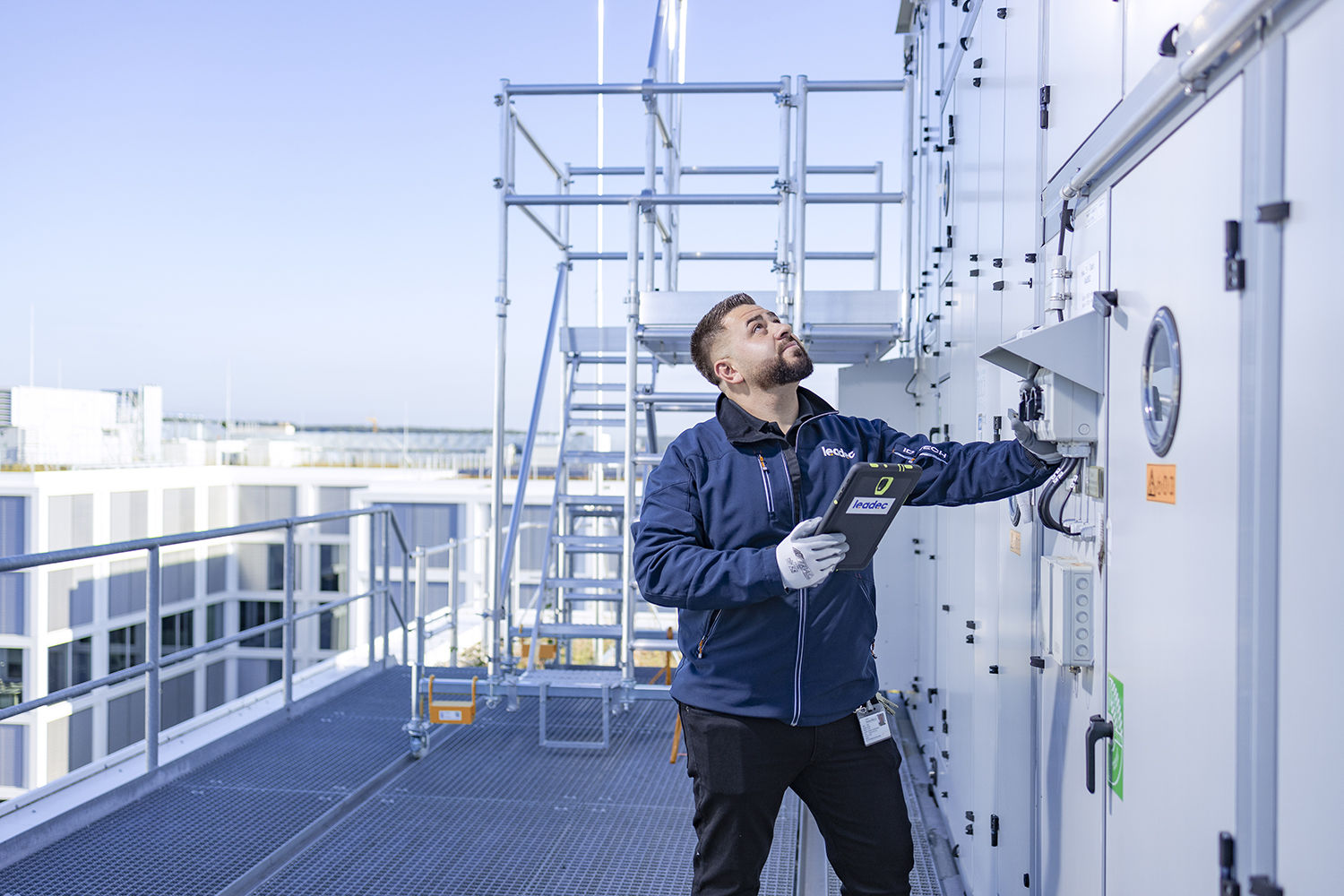The Important Guide to Center Monitoring: Approaches for Success
Center monitoring plays an important role in the general success of a company, serving as the foundation that sustains security, performance, and productivity. The subtleties of effective center administration prolong past simple logistics and need an extensive understanding of both quantitative and qualitative metrics.
Comprehending Center Monitoring
What comprises reliable center management? Reliable center management encompasses the coordination of numerous business features to make sure that constructed environments are safe, effective, and for efficiency. Facility Management. It incorporates the concepts of design, style, and organization management to create a seamless functional circulation within a company
Crucial element of center monitoring consist of area planning, upkeep monitoring, and conformity with health and wellness and security policies. Room planning concentrates on enhancing the usage of physical sources to support business goals, while upkeep monitoring makes certain that facilities are kept in optimum condition, maximizing lifespan and reducing functional costs. Compliance with regulatory and legal requirements is crucial, as it safeguards the company versus possible liabilities and improves its track record.
Additionally, reliable facility management relies upon the strategic use innovation, such as Building Management Systems (BMS) and Computer-Aided Facility Monitoring (CAFM) devices. These technologies promote real-time tracking of structure systems and streamline upkeep processes. Eventually, a thorough method to facility administration not only advertises functional effectiveness but also fosters a favorable setting for workers and visitors alike, driving total business success.
Key Methods for Optimization
Maximizing center administration requires a strategic strategy that lines up operational methods with business purposes. To accomplish this, the first essential method is the execution of integrated technological options. Making use of advanced software application systems permits for real-time tracking of facility procedures, facilitating data-driven decision-making and improving total performance.
Secondly, routine analyses of facility performance are important. Conducting routine examinations and audits enables center supervisors to determine areas that require enhancement, making sure that resources are alloted properly. This proactive technique assists in minimizing downtime and enhancing solution distribution.
Another crucial strategy is promoting partnership across divisions. By encouraging open communication between groups, facility managers can much better straighten their strategies with service goals, leading to boosted functional synergy. In addition, involving staff in training programs advertises a culture of liability and improves their capability to contribute to optimization efforts.
Enhancing Safety Protocols
Strengthening safety methods is essential for creating a protected environment within centers. An extensive security method not only safeguards staff members and site visitors yet likewise improves functional effectiveness. To attain this, facility managers have to carry out regular threat assessments to identify possible risks and guarantee that ideal actions remain in location.
Educating and education and learning are crucial components of efficient safety and security methods - Facility Management. Workers should receive recurring training in emergency situation procedures, tools handling, and personal safety measures. Normal drills, such as fire discharges or lockdown treatments, foster experience and readiness among team
In addition, clear interaction networks need to be established to report safety and security worries immediately. This consists of developing an accessible platform for workers to voice possible risks or events without fear of reprisal. Moreover, leveraging innovation can enhance precaution; as an example, executing monitoring systems and access controls aids check center activities and restrict unauthorized access.
Last but not least, conformity with neighborhood guidelines and sector standards is non-negotiable. Regular audits and reviews of safety methods ensure alignment with present regulations and best practices. By prioritizing these strategies, center managers can grow a culture of safety that secures all stakeholders and inevitably adds to the company's success.
Improving Workplace Environment

Ergonomic factors to consider are important to decrease physical stress and pain. Facility Management. This entails providing flexible furnishings, proper lights, and ample space for activity. These changes can cause decreased absence and enhanced task contentment
Visual appeals play an important function fit the workplace ambience. Making use of color psychology, natural illumination, and greenery can promote a welcoming and promoting setting. Attentively developed spaces can increase creativity and enhance total health.
In addition, motivating worker involvement through comprehensive decision-making processes can enhance the feeling of possession and belonging. Collecting responses on workplace enhancements and more info entailing staff read more members in the style process can lead to a more customized atmosphere that fulfills their needs.
Finally, promoting health initiatives, such as wellness programs and relaxation spaces, can further contribute to a supportive office culture. By concentrating on these strategies, facility supervisors can effectively enhance the office atmosphere, driving both staff member satisfaction and organizational success.
Measuring Success in Facilities
Determining success in center administration requires an extensive method that evaluates both qualitative and quantitative metrics. Quantitative metrics generally include key performance indications (KPIs) such as space use rates, power usage, maintenance costs, and tenancy levels. These metrics offer a clear picture of operational efficiency and economic efficiency, allowing center supervisors to identify areas for renovation and criteria against market criteria.
Qualitative metrics, on the other hand, focus on customer contentment and staff member engagement. Studies and responses systems can evaluate exactly how well the facilities meet the demands of residents, assisting to examine the overall office environment. This element is crucial, as a completely satisfied workforce is commonly linked to enhanced efficiency and retention rates.
To effectively gauge success, center supervisors should likewise think about integrating technology, such as building administration systems and data analytics devices, to gather and analyze pertinent data. Regularly assessing both collections of metrics permits a much more balanced sight of efficiency and educates strategic choices. Ultimately, an effective center management strategy depends upon a dedication to continual improvement, guaranteeing that both operational effectiveness and user contentment are prioritized.
Conclusion

Center management plays get more info an important role in the general success of a company, offering as the backbone that supports efficiency, security, and productivity.Key elements of facility monitoring consist of space planning, maintenance management, and conformity with wellness and security policies.Moreover, reliable facility administration depends on the calculated use of innovation, such as Structure Monitoring Solution (BMS) and Computer-Aided Facility Monitoring (CAFM) tools. Inevitably, an extensive technique to center monitoring not only advertises operational efficiency yet likewise fosters a favorable atmosphere for site visitors and employees alike, driving total organizational success.
Ultimately, an effective facility management strategy hinges on a commitment to constant renovation, ensuring that both functional efficiencies and customer fulfillment are prioritized.